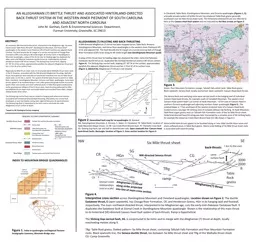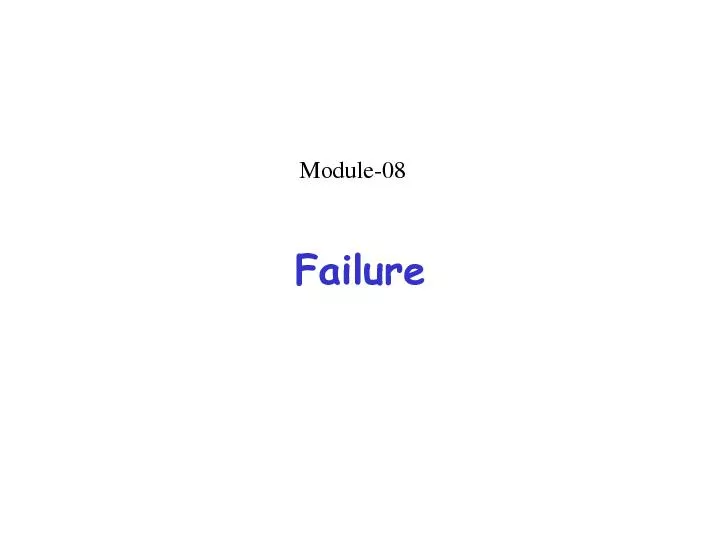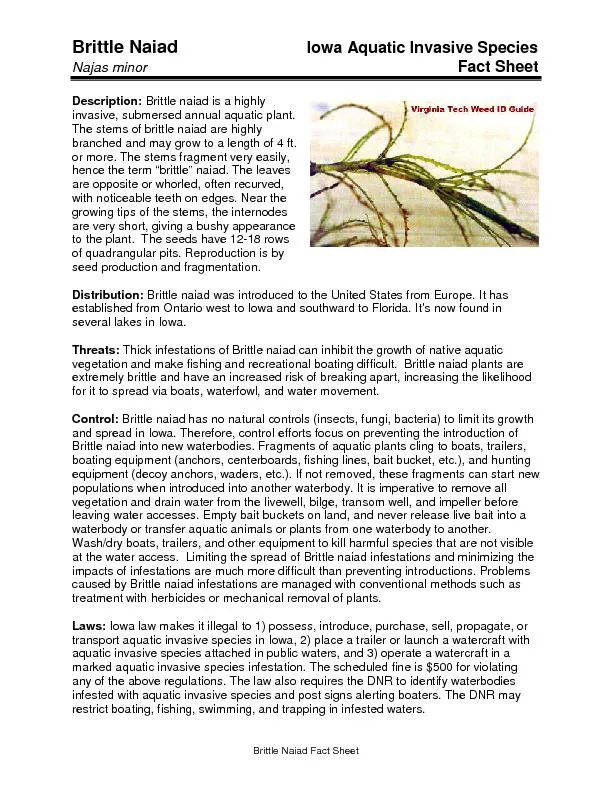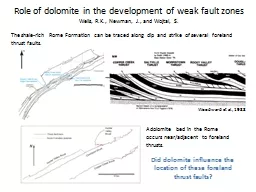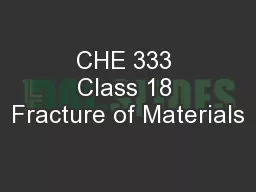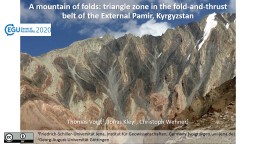PPT-AN ALLEGHANIAN (?) BRITTLE THRUST AND ASSOCIATED
Author : giovanna-bartolotta | Published Date : 2019-02-14
HINTERLANDDIRECTED BACKTHRUST SYSTEM IN THE WESTERN INNER PIEDMONT OF SOUTH CAROLINA AND ADJACENT NORTH CAROLINA John M Garihan Earth amp Environmental Sciences
Presentation Embed Code
Download Presentation
Download Presentation The PPT/PDF document "AN ALLEGHANIAN (?) BRITTLE THRUST AND AS..." is the property of its rightful owner. Permission is granted to download and print the materials on this website for personal, non-commercial use only, and to display it on your personal computer provided you do not modify the materials and that you retain all copyright notices contained in the materials. By downloading content from our website, you accept the terms of this agreement.
AN ALLEGHANIAN (?) BRITTLE THRUST AND ASSOCIATED: Transcript
Download Rules Of Document
"AN ALLEGHANIAN (?) BRITTLE THRUST AND ASSOCIATED"The content belongs to its owner. You may download and print it for personal use, without modification, and keep all copyright notices. By downloading, you agree to these terms.
Related Documents

